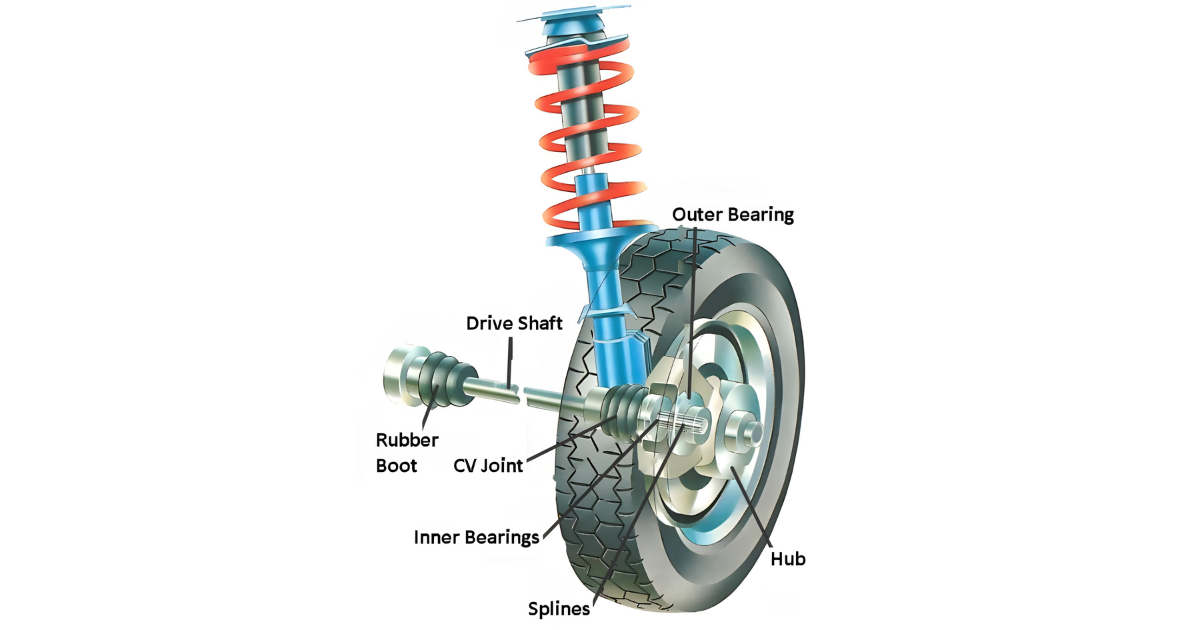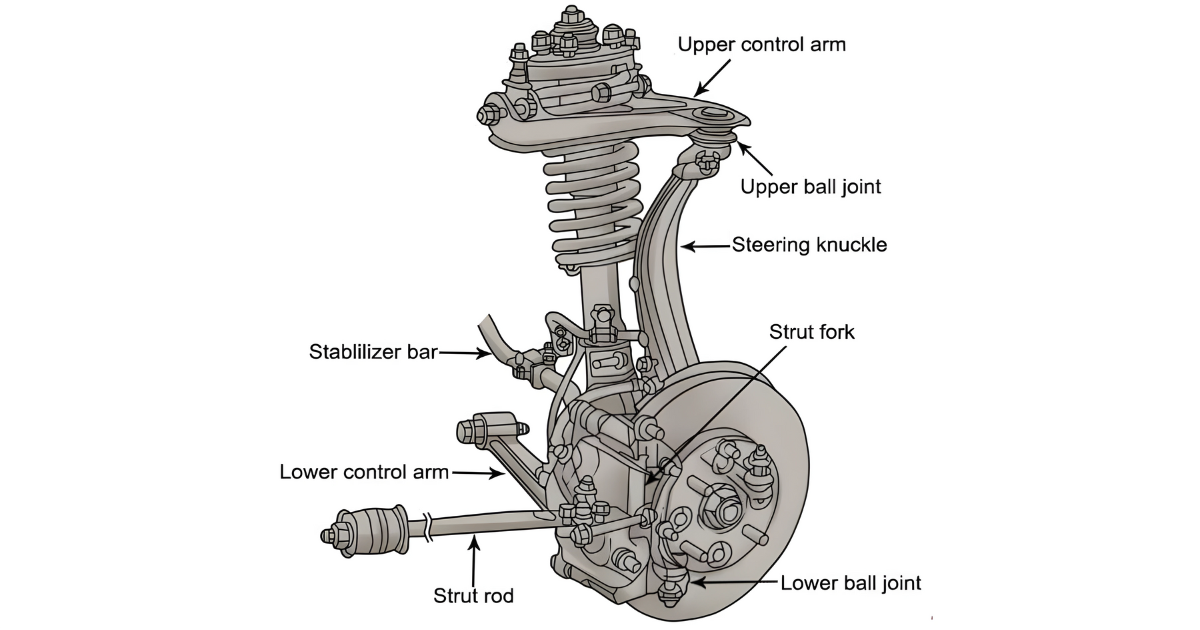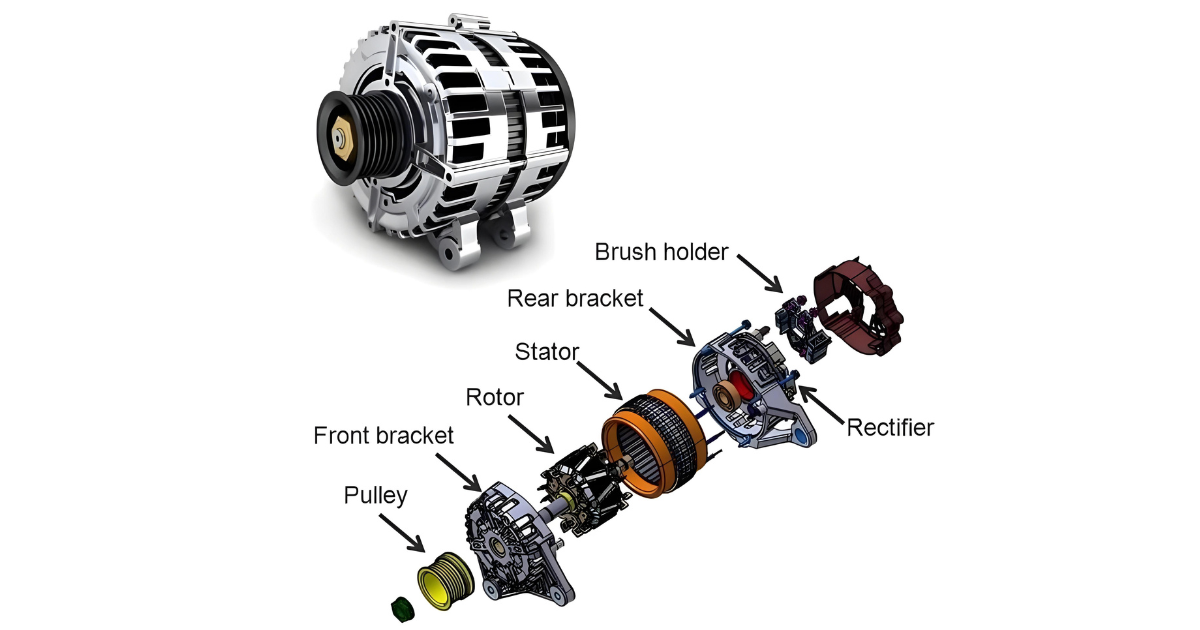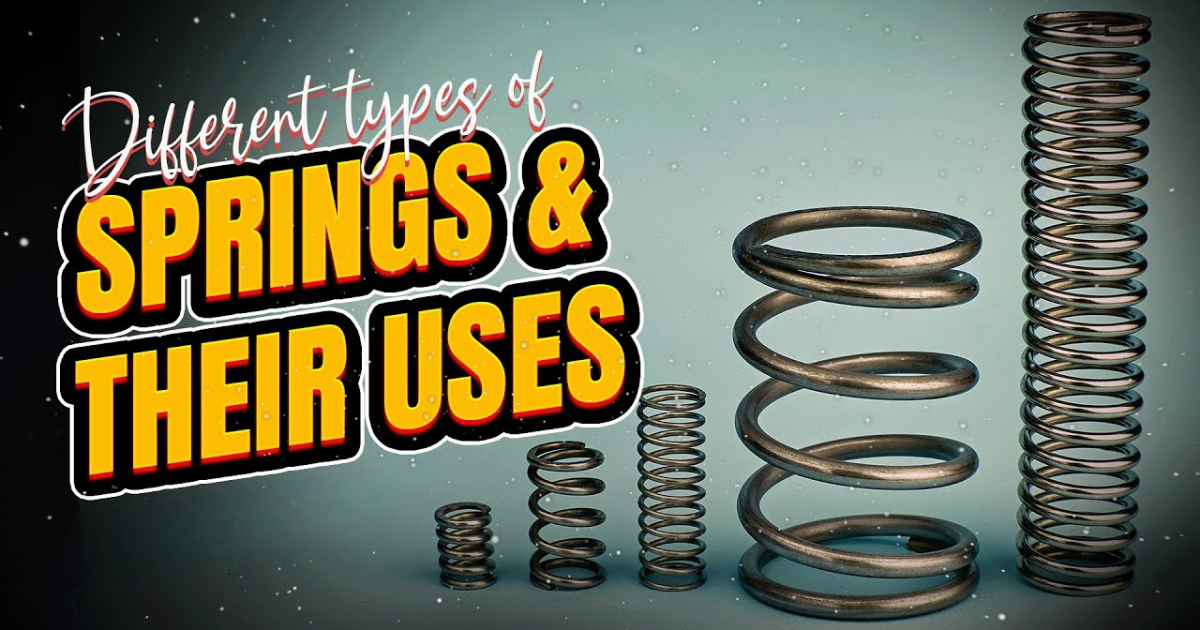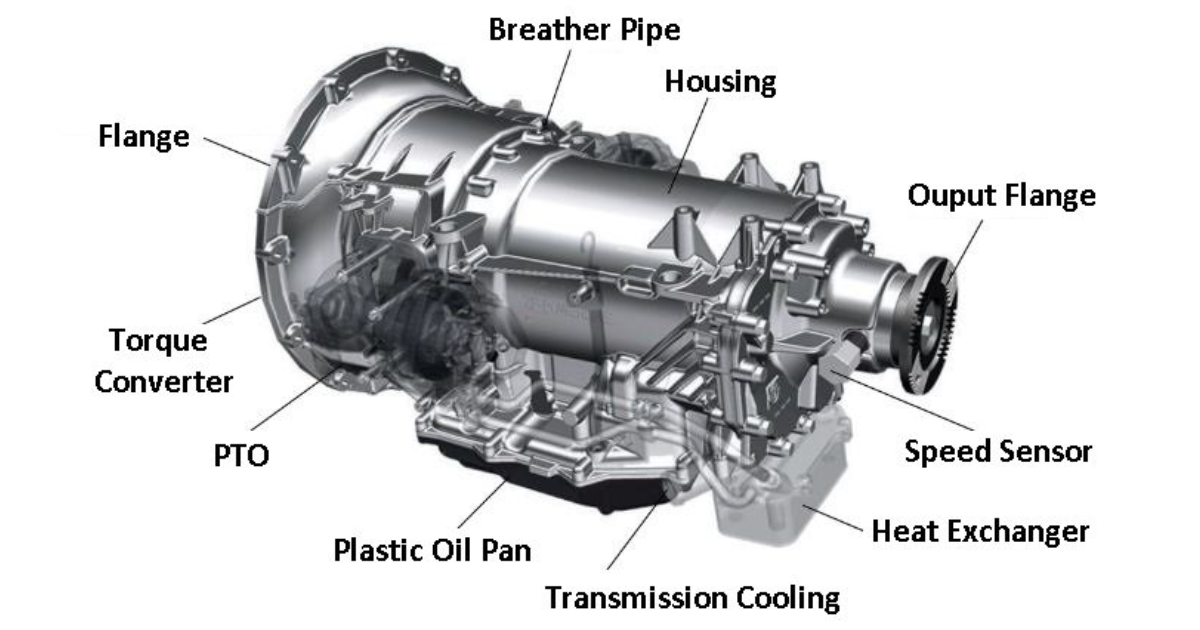Under the chassis of your car lies a critical component that plays a fundamental role in providing a smooth and controlled ride—the springs. These simple but strong coil-like parts are an important part of the suspension system and help your car’s comfort, handling, and general performance.
Let’s go through the interesting world of springs, breaking down how they work and showing you how important they are to the way your car rides.
Types of Springs
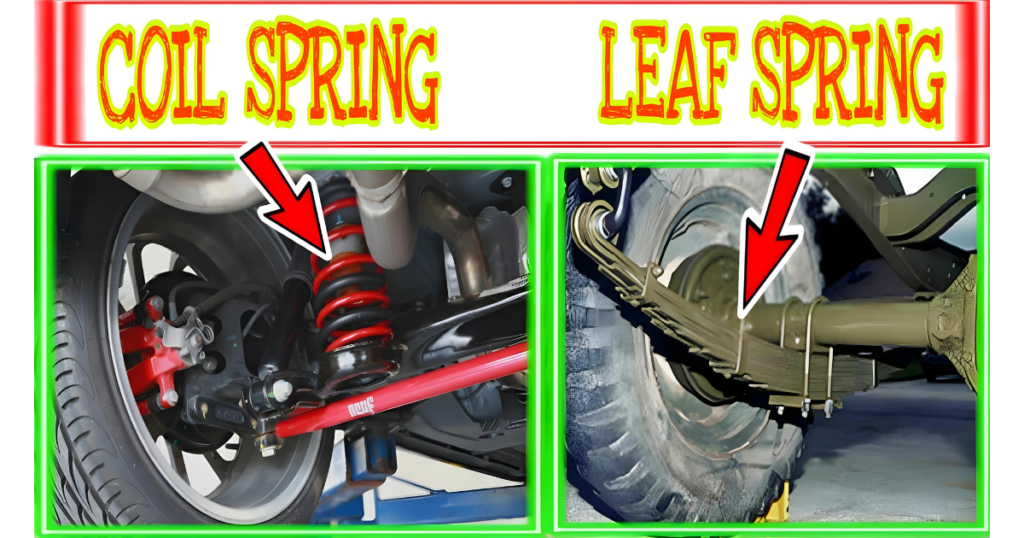
- Coil Springs: Common in modern vehicles, coil springs are helical springs typically made of steel or alloy. They absorb and distribute energy from road imperfections, providing stability over bumps and irregularities.
- Leaf Springs: While coil springs dominate the automotive landscape, leaf springs still find applications in certain vehicles, particularly trucks and heavy-duty vehicles. Consisting of layers of flexible strips or leaves, these springs provide stability and load-carrying capacity.
Functionality of Coil Springs
- Load Distribution: The primary function of coil springs is to distribute the weight of the vehicle evenly across all four wheels. This ensures that each wheel responds independently to road irregularities, contributing to a more stable and comfortable ride.
- Shock Absorption: Coil springs act as shock absorbers, compressing and expanding to absorb the impact of bumps and undulations in the road. This function prevents the direct transfer of shocks to the vehicle’s body, enhancing both comfort and control.
- Height Adjustment: Coil springs play a role in determining the ride height of a vehicle. Depending on the design and application, adjustable coil springs can be employed to modify the vehicle’s ground clearance for various driving conditions.
Location and Configuration
- Front Suspension: In many vehicles, coil springs are located at the front suspension, supporting the weight of the engine and providing a responsive and controlled connection between the wheels and the chassis.
- Rear Suspension: Coil springs are also commonly used in the rear suspension, contributing to load-bearing capabilities and ensuring a balanced distribution of weight across the entire vehicle.
- Dual Coil Springs: Some performance and luxury vehicles feature dual coil springs at each wheel. This design allows for a more refined and adaptive suspension system, providing optimal handling and ride comfort.
The Science Behind Coil Spring Dynamics
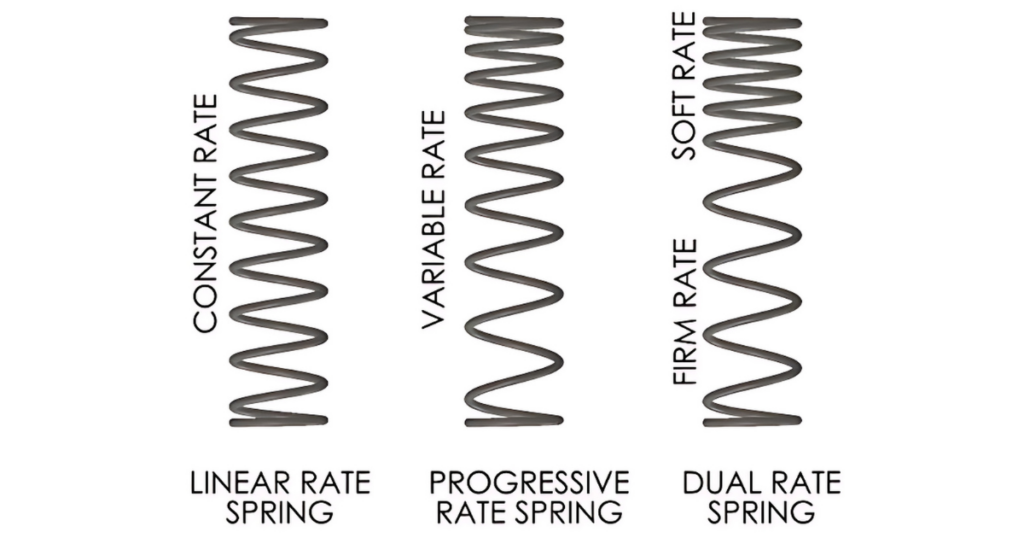
- Compression and Extension: Coil springs operate through compression and extension. When the wheel hits a bump, the spring compresses, absorbing energy. At its peak, it extends, releasing stored energy and returning to its original position.
- Spring Rate: The spring rate, or stiffness, of a coil spring determines how much it compresses under a given load. Higher spring rates provide a firmer ride, which is often preferred for sportier handling, while lower spring rates contribute to a softer and more comfortable ride.
Impact on Handling and Comfort
- Handling: The proper selection of coil springs is crucial for achieving optimal handling characteristics. Performance-oriented vehicles often feature stiffer springs to reduce body roll during turns, providing a more responsive and agile driving experience.
- Comfort: On the other hand, for passenger vehicles focused on comfort, softer coil springs are preferred. These absorb road imperfections more effectively, ensuring a smoother ride for occupants.
Maintenance and Considerations
- Wear and Tear: Like any component, coil springs are subject to wear and tear over time. Regular inspections are essential to identify signs of damage, sagging, or corrosion. Damaged springs should be replaced promptly to maintain the integrity of the suspension system.
- Upgrades and Modifications: Enthusiasts may explore aftermarket options for coil springs to enhance the performance or aesthetics of their vehicles. Upgrading to performance-oriented or adjustable coil springs allows for a more personalized driving experience.
Conclusion
Coil springs are pivotal in automotive engineering, silently shaping your car’s movement and handling. Essential for the suspension system, they absorb shocks, enhance handling, and provide comfort. Exploring the science behind coil spring dynamics reveals the intricate relationship between performance and comfort. During your travels, keep in mind that these amazing coils work hard to provide a comfortable and pleasant experience.
For a visual insight into how springs and shocks work in a car, please take a look at the video below.

